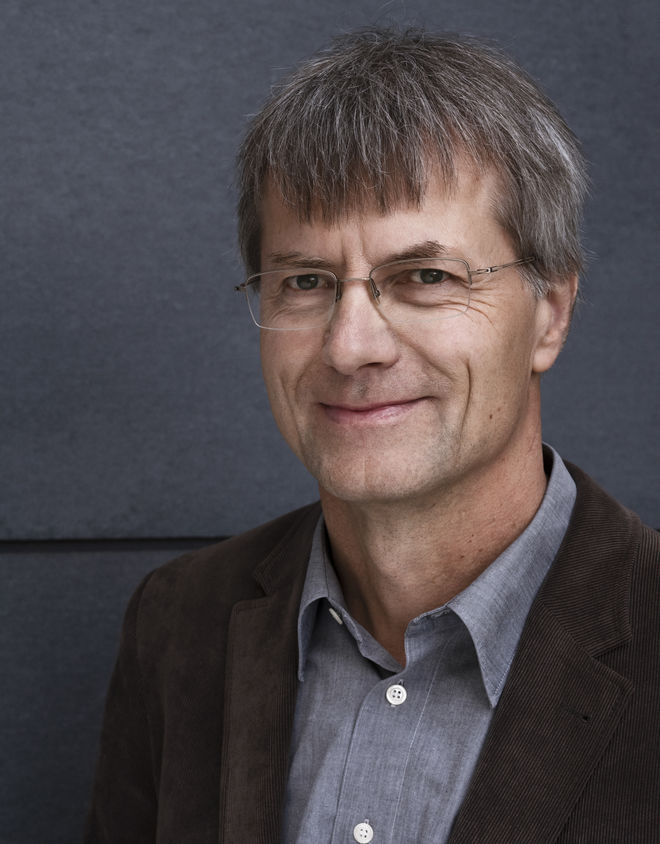
To go where no-one has gone before is a challenging task for any organisation or project. Such pioneering endeavours, especially large-scale, complex ‘Greenfield' initiatives, built entirely from scratch, require a significant amount of planning, project management and collaboration, not to mention, various licences and permits from regulatory authorities across different phases of the project’s delivery.
The European Spallation Source (ESS), is the perfect example of a large-scale, complex Greenfield initiative. Not only is it one of the largest infrastructure projects in Europe, involving 13 member countries and a number of global organisations and institutions, ESS will also be one of the most advanced, modern and sustainable big science research infrastructures, and the next-generation of neutron spallation sources.
Planning and development
When a large-scale science and research facility is built, there are a number of regulatory activities that are undertaken by the project administration, like applying for building permits, securing fire safety standards are met, or having a plan for environmental sustainability, in addition to, as is the case with a large-scale research facility based on an accelerator being built in Sweden – securing that all work complies with the requirements overseen by the Swedish Radiation Safety Authority (SSM).
Obtaining a licence to operate
While ESS is not a reactor-based facility, it is still SSM that will grant ESS with a licence to operate, as was the case of ESS’s neighbouring synchrotron X-ray facility, Max IV Laboratory, which was granted a licence to operate in 2016. SSM supervises activities across a vast range of areas from magnetic fields around electricity power lines, or radio waves emitted from electronic devices; to radiation in health, medical and dental services, or research projects conducted in higher education institutions.
In the case of ESS – which will be regulated as a ‘complex non-nuclear facility’ – a step-wise licensing scheme is applied, and in accordance with existing SSM regulations, the first licence application for the ESS facility was submitted to SSM in 2012. The review process for applications is then conducted in several steps, and is a continuous activity until ESS is complete, and can receive permission to begin routine operation.
Regular and constructive dialogue
"ESS has a regular and constructive dialogue with the Swedish Radiation Safety Authority, and progress is good and proceeding according to plan," says Ralf Trant, Associate Director, Environment, Safety, Health & Quality at ESS. "In December 2019, ESS submitted the last of three complementary submissions requested by SSM to secure that they can continue their in-depth review of the trial operation application for the normal conducting linac," Ralf explains, adding that, as part of the supervisory activities by SSM, a number of successful inspections have already been conducted, while new permits have been granted for testing in various areas of the building project.
"It is ESS’s responsibility to ensure the facility meets all the requirements set out by SSM, and apart from the general level of approval when the facility received its construction permit in 2014, it will need to apply, in a step-wise way, for subsequent permissions for activities during installation, test operation, routine operation and decommissioning," he explains.
"One of SSM’s roles is to supervise and assess compliance with the requirements we set out for large accelerator facilities like ESS,” confirms Peter Frisk, Senior Specialist at SSM, Section for Occupational Practices and Work Activities. ”The step-wise licensing process with ESS is following a pre-determined plan. As ESS is a complex facility, it is a necessity to have a regular and constructive dialogue with the licensee, ESS. This has been the case since the beginning and I hope this will continue as the licensing process moves forward."
You can read more about the licensing procedures and application for accelerator facilities on the SSM website:

























